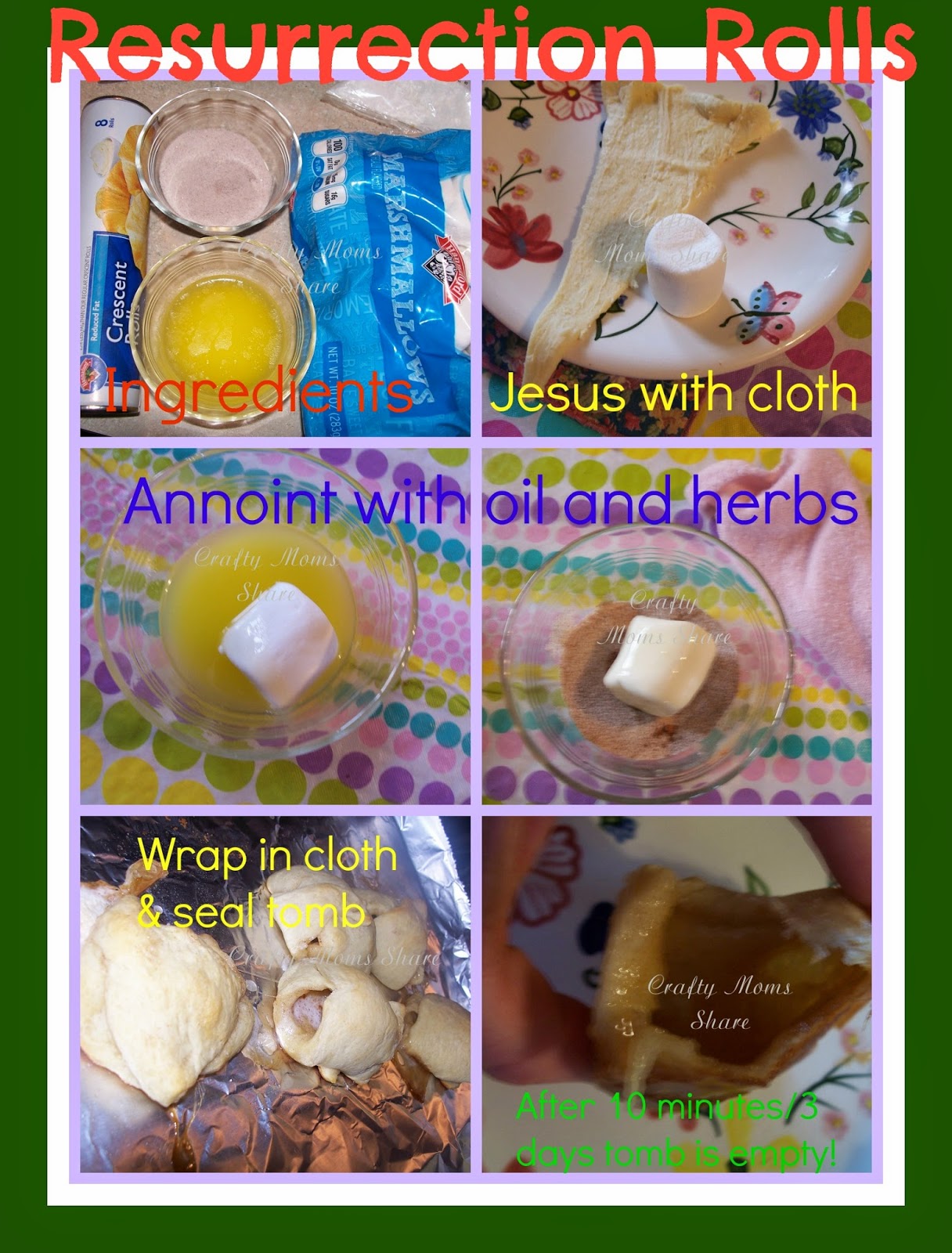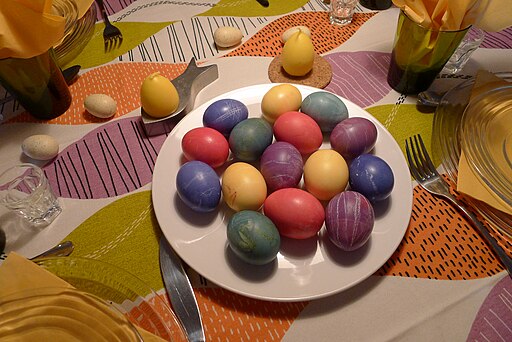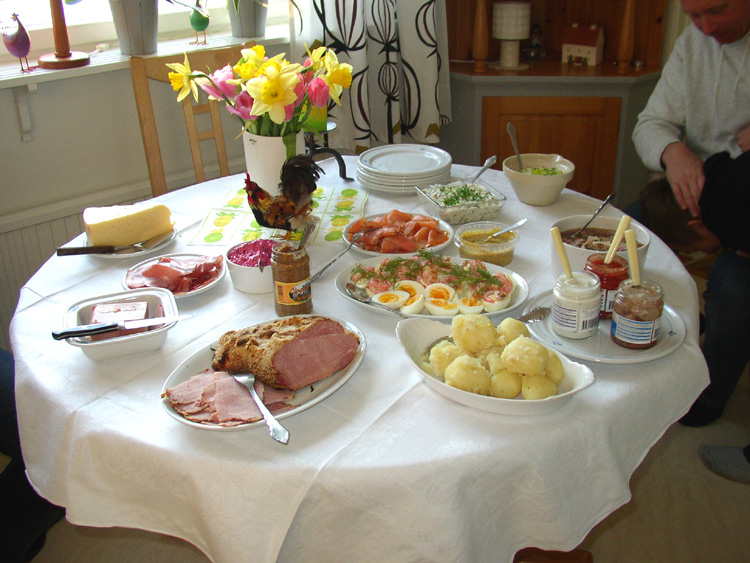I hope you have been enjoying our exploration of Easter Around the World. Today I thought I would take a break from it and share some of the things we have been doing to remember and understand the true meaning of Easter and the events of Holy Week. First we will start with a few of the Easter books we have been reading that really share the meaning and give children a good idea of Easter and the story.
The first book is an old book that is out of print, but we found it at our library as well as our church's library. I also just ordered a used copy from Amazon. It is The Robin and the Thorn by Sara Lee Donze. The only pictures of it I found on-line do not include the jacket cover. However I did take one before we returned it to the library.
This is a wonderful tale of a brown bird who watches the events of Holy Week unfold. He sees the mysterious man on a donkey that the crowd cheers and waves palms as well as put cloaks on the ground for the donkey to walk on. He visits Jerusalem the night of Maundy Thursday to get crumbs from all the houses having their Seder Dinner and watches as Jesus washes the feet of the disciples and hears the disciples at first argue with him about doing it. Jesus sees him and feeds him some of the bread. He watches as the soldiers arrest Jesus in the garden and take him away. He watches as Jesus is tortured and he tries to help Jesus by removing a thorn that is piercing his forehead. The blood on the thorn turns the brown bird's chest red He watches as Jesus is crucified and dies. He awakens a few mornings later to find his chest is still red and watches as the women find the empty tomb. He sings a song of joy for he understands what it means. This is a legend of how the robin got his red chest.
To go along with this book we made a crown of thorns bread. I got this idea from Catholic Icing: Crown of Thorns Bread. (She also has a wonderful Good Friday lunch idea posted.) The bread is easy to make. You can use any bread recipe or a pre-made one. We went the easy method for this and used a Pillsbury French bread dough. You also need a bag of pretzel sticks and an egg. To make it you beat the egg. Divide the dough into three long strips and braid them. Then form them in to a circle. Then "paint" the dough with the egg--this was Hazel's favorite part. Bake it according to recipe. When it comes out you add the thorns by pushing the pretzels in it. When Hazel ate a pretzel out of it she told me she was removing a thorn.
Last year we made a crown of thorns from clay and toothpicks.
The next book, The Legend of the Sand Dollar: An Inspirational Story of Hope for Easter by Chris Auer, I shared on Sunday. We had not had time to do one of the activities to go with it yet, but now we have. We made sand dollar cookies. We unfortunately did not have almond slivers and tried slices. Slivers would have been much better.
The final book is from a series of books that I love. The book, God Gave Us Easter by Lisa Tawn Bergren, is a wonderful tale with the polar bears and Little Cub discovering the meaning of Easter and how God talks to her heart. Although we did not do a direct activity to go with this book, we have done some more for the meaning of Easter.
We made Resurrection Rolls like we have in the past. I did a picture tutorial for you. We also grew our Resurrection Garden. We started it late, but luckily I had gotten fast growing grass seeds and with just about a week of growth time it looks pretty good.
Our final craft is not really about the meaning of Easter but is a fun one. I saw it over at Tippytoe Crafts: Peeps Nest. Hazel has been home sick this week and I thought this would be a fun craft for her to do quickly. (Her fever is finally dropping and she has more energy.) All you need for this craft is a cupcake liner, some Easter grass, jelly beans and a Peeps chick.
Under the chick are her eggs of course.
For more ideas on sharing the Easter story and true meaning check out:

































